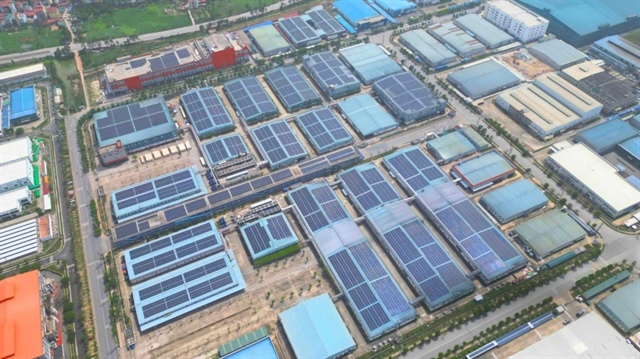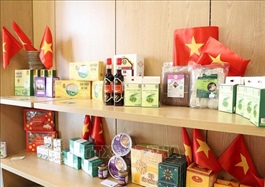EU trade deal offers opportunities to increase exports
EU trade deal offers opportunities to increase exports
The EU-Vietnam Free Trade Agreement (EVFTA), which took effect in August 2020, has offered the two sides with great opportunities to increase their exports thanks to the commitment to eliminate most of customs duties.
A historic agreement
The European Union (EU) and the Association of Southeast Asian Nations (ASEAN) started negotiations for a region-to-region free trade agreement in 2007. After negotiations were suspended in 2009, the EU decided to pursue bilateral trade agreements with the individual ASEAN member states. Negotiations between the EU and Vietnam on a free trade agreement were launched in 2010. Following the completion of technical discussions, talks were finalized in December 2015. In February 2016, the full text of the EVFTA was published. However, the official signing of the trade deal was delayed due to the pending judgment of the Court of Justice of the European Union (CJEU) on jurisdiction for the conclusion of the EU-Singapore Free Trade Agreement.
To take the 2017 CJEU opinion into account, the original deal was split into the EVFTA and the EU-Vietnam Investment Protection Agreement (EVIPA) in June 2018. Both agreements were signed on June 30, 2019 in Hanoi. The European Parliament gave its consent to the agreements on February 12, 2020. Following the conclusion of the final formalities of each party, the EVFTA came into force on August 1, 2020 after almost a decade.

Vietnam’s seafood exports to the EU reached more than US$1 billion in 2021 |
The trade deal consists of 17 chapters, two protocols and some attached memoranda, with main contents including trade in goods; services, investment liberalization and e-commerce; government procurement; and intellectual property rights. The trade deal’s key goal is to eliminate most of customs duties within 10 years.
According to Eurostat, Vietnam was the 30th largest partner for EU exports and 10th for EU imports in 2020. In fact, the EU has eliminated nearly 86 percent of tariff lines on Vietnam’s imports and it will increase to more than 99 percent after seven years, while Vietnam’s respective figures are 48.5 percent and 91.8 percent. Vietnam will eliminate 98.3 percent of tariff lines on EU imports after 10 years, while the remaining will be applied tariff-rate quotas following World Trade Organization (WTO) commitments or a special tariff elimination roadmap.
Opportunities for export markets
A study conducted by the Ministry of Planning and Investment reveals that the EVFTA will help Vietnam’s export turnover to the EU increase by 42.7 percent by 2025 and 44.37 percent by 2030, while the country’s import turnover from the EU will see increases of 33.06 percent by 2025 and 36.7 percent by 2030. The trade deal will contribute to Vietnam’s gross domestic product (GDP) growth by an average of 2.18-3.25 percent during the 2020-2023 period, 4.57-5.3 percent during the 2024-2028 period and 7.07-7.72 percent during the 2029-2033 period.
EVFTA implementation encourages the removal of tariffs, investment promotion, mutual recognition of standards, and improvement of rules of origin and certification of origin, while offering Vietnam with numerous opportunities to expand export markets and participate more deeply in global value chains. The commitments on services, investment liberalization and e-commerce, government procurement and specific regulations on market opening will also provide favorable access opportunities for EU firms to the Vietnamese market, and easy access for Vietnamese consumers to high-quality EU products and services, such as pharmaceuticals, healthcare, infrastructure construction and public transport.
| EVFTA implementation not only allows tariff reduction but also removes regulatory barriers and eases all aspects of the export-import process. It also commits Vietnam to better compliance with international standards and recognition of European conformity standards. |























